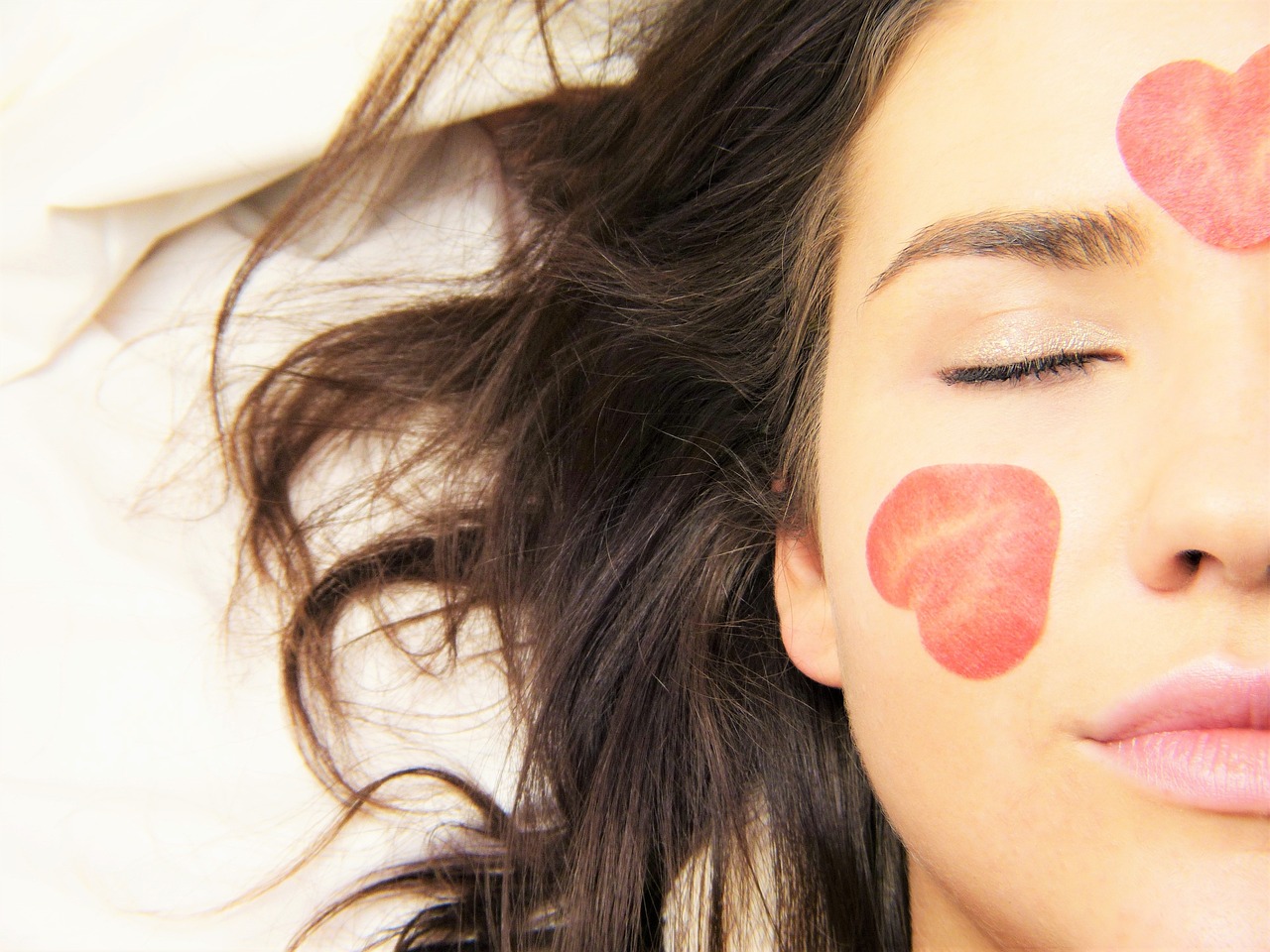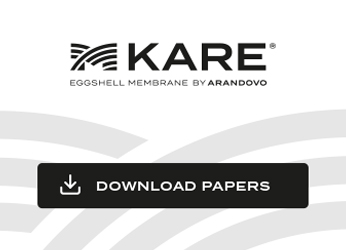The passage of time is inevitable, just like skin aging. As we age, our skin undergoes natural changes that can lead to wrinkles, expression marks and other signs of aging. However, not everything is lost. In this blog post by Arandovo, we’ll tell you what skin aging is, what causes it, its different types and how to fight it. Regain the youthfulness of your skin today!
What is skin aging?
Skin aging refers to a gradual process which results in the loss of elasticity, firmness and the appearance of wrinkles and other signs of aging. Said process is completely natural and is caused by a combination of internal and external factors. As we age, our skin experiences a decrease in the production of collagen and elastin, two key proteins that keep skin youthful and smooth.

Causes of skin aging
Skin aging is the result of a number of factors that can be classified into two main categories: intrinsic and extrinsic.
Intrinsic factors
- Genetics: it plays an important role in the predisposition to skin aging. Some people may inherit a greater propensity to develop wrinkles or lose skin elasticity.
- Hormonal changes: as we age, our hormone levels change. Decreases in hormones such as collagen and estrogen can contribute to skin aging.
- Cellular metabolism: over time, the rate at which our cells renew themselves decreases, which affects the skin’s ability to regenerate and repair itself.
Extrinsic factors
- Sun exposure: excessive sun exposure is one of the main causes of premature skin aging. UV rays damage collagen and lead to the formation of wrinkles and spots on the skin.
- Smoking: cigarettes release free radicals into the skin, which accelerates aging and decreases collagen production.
- Diet and nutrition: a diet rich in antioxidants and essential nutrients can help keep the skin healthy and slow aging.
- Skin care habits: constant use of inappropriate skin care products or lack of a proper skin care routine can accelerate skin aging.
The structure of the skin is made up of proteins such as collagen, elastin and glycosaminoglycans, like hyaluronic acid, which are the main responsible for keeping the skin hydrated and in a healthy state.
Hyaluronic acid is lost over the years, at approximately a 1% rate. This loss translates into a decrease in skin moisturization and as a consequence it will lead to a reduction in elasticity and firmness.
On the other hand, the structure of the skin is made up of about 75% collagen. This molecule basically maintains its structure and is directly related to skin volume. With age, the production of this molecule begins to decrease and this is when expression marks or small wrinkles begin to appear as signs of skin aging.
If we add the various external factors that cause deterioration into the mix, such as ultraviolet radiation and environmental pollution, the rate of deterioration increases even more. The same happens with elastin and collagen.
UV radiation and the various environmental pollutants also promote the generation of free radicals, causing further deterioration of the skin’s structure. As we age, we lose the ability to repair our tissues.
A natural way to slow down and/or counteract the damage produced in the skin is by means of a nutrition rich in precursor components which favor its regeneration, that is to say, which favors the synthesis of new constituents of its structure (foods rich in collagen, elastin, hyaluronic acid, etcetera). Furthermore, it is very useful to consume protective foods with antioxidant or anti-inflammatory properties, as they help to reduce the skin deterioration.
*Zhang S, Duan E. Fighting against Skin Aging: The Way from Bench to Bedside. Cell Transplant. 2018 May;27(5):729-738
Types of skin aging
Skin aging manifests itself in different ways depending on each person, and several main types can be distinguished:
Static wrinkles
These are visible lines that appear on the skin when there is no facial movement. They are usually most evident on the forehead, around the eyes and mouth.
Dynamic wrinkles
Dynamic wrinkles do appear when we make facial movements, such as smiling or frowning. Over time, these wrinkles can become deeper and more noticeable.
Loss of volume
As we age, the skin tends to lose volume, which can result in a flabbier and less defined appearance of the face.
Spots and discoloration
Sun exposure can cause dark spots to appear on the skin, especially on exposed areas such as the face and hands.
Loss of elasticity
The loss of collagen and elastin with age contributes to the loss of skin elasticity, making it less firm and more prone to sagging.
Premature skin aging
In addition to the natural skin aging that occurs with age, many people also experience premature skin aging due to external factors. Premature skin aging is characterized by the early appearance of wrinkles and other signs of aging, often before the 40’s. The main causes of premature skin aging include:
- Excessive sun exposure without adequate sun protection: harmful UV rays from the sun can cause premature skin aging.
- Smoking: cigarettes are harmful to the skin and can accelerate the formation of wrinkles.
- Poor diet: a diet poor in essential nutrients can negatively affect skin health.
- Chronic stress: prolonged stress can negatively impact skin health and accelerate aging.
Treatments to slow down skin aging
Fortunately, there are a number of treatments and strategies that can help to fight skin aging and keep skin looking younger and healthier. Arandovo offers valuable tips to restore your skin’s youthfulness. Here are a few options:
Adequate skin care
A proper skin care routine is essential to keep skin in good condition. Use gentle cleansers, moisturizers and sunscreen daily. Arandovo offers skin care products designed to fight aging.
Sun protection
Sun protection is essential to prevent premature skin aging. Use broad-spectrum sunscreen with a high sun protection factor (SPF) and apply it regularly, especially when you are exposed to the sun.
Topical treatments
Topical treatments, such as anti-aging creams and serums, can help reduce the appearance of wrinkles and expression marks. Anti-aging products formulated with key ingredients such as retinol, hyaluronic acid and antioxidants are best suited.
Healthy lifestyle and eating
Lifestyle also plays an important role in skin aging. Avoid smoking, reduce alcohol consumption and lead an active and balanced lifestyle. Lack of sleep and chronic stress can accelerate aging, so make sure you get enough rest and manage stress effectively.
On the other hand, a balanced diet rich in antioxidants can improve skin health and delay aging. Eat foods rich in vitamins C and E, as well as omega-3 fatty acids, which help to keep skin moisturized and protected.
Moisturizing
Keeping your skin moisturized is essential to prevent dryness and loss of elasticity. Use a quality moisturizer that suits your skin type.
Natural food supplements
Some food supplements such as MKARE, which naturally contains collagen and vitamins among others, can help maintain skin health from the inside out.
Non-invasive aesthetic treatments
There are non-invasive aesthetic treatments that can improve the appearance of the skin without surgery. Examples include microdermabrasion, light chemical peels and radiofrequency.
MKARE, your ally to keep your skin in perfect condition
Skin aging is a natural process that we all experience as we age, but there are many strategies and treatments that can help to fight it and keep skin looking young and healthy.
The key is to take proper care of the skin, protect it from the sun, lead a healthy lifestyle and opt for natural food supplements that help preserve our appearance.
To this end, Arandovo has developed MKARE, a 100% natural functional ingredient based on the egg membrane. This ingredient natively contains a wide variety of proteins such as collagen (I, V and X), elastin, hyaluronic acid and over 400 proteins that help to keep not only the skin but also the hair and nails in perfect condition.
In addition, MKARE helps smooth wrinkles, increases skin elasticity, promotes moisturization and improves skin’s natural glow, appearance and tone, making it one of your best allies for a healthy aging.
Thanks to MKARE and a proper skin care routine, you can regain the youthfulness of your skin and feel more confident with your appearance. Don’t wait any longer to take care of your skin and keep it radiant throughout the years!
Remember that if you need any more information, you can check out our website or send us a message, we will be happy to help you.




